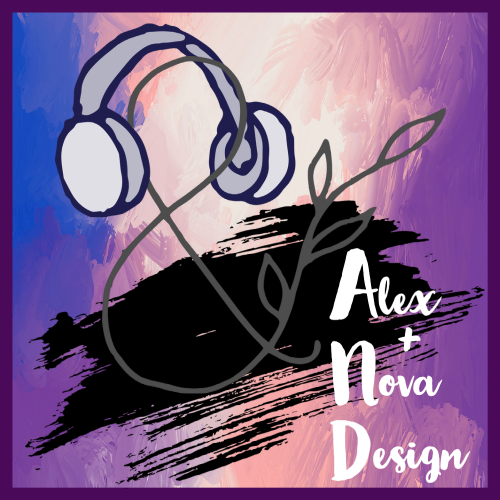The audio for this video is a partial clip of the original track that I edited. More info on that track is below. The audio in this video is a 24 bit wav file.
The full song's audio mix is here. The track included 28 band mics and 22 vocal tracks. Audio was recorded through the console during the show into Logic and exported to individual tracks that I imported into ProTools and then mixed and edited in ProTools. For website uploads, this track is an mp3 and does not show the beset quality of the original wav file.
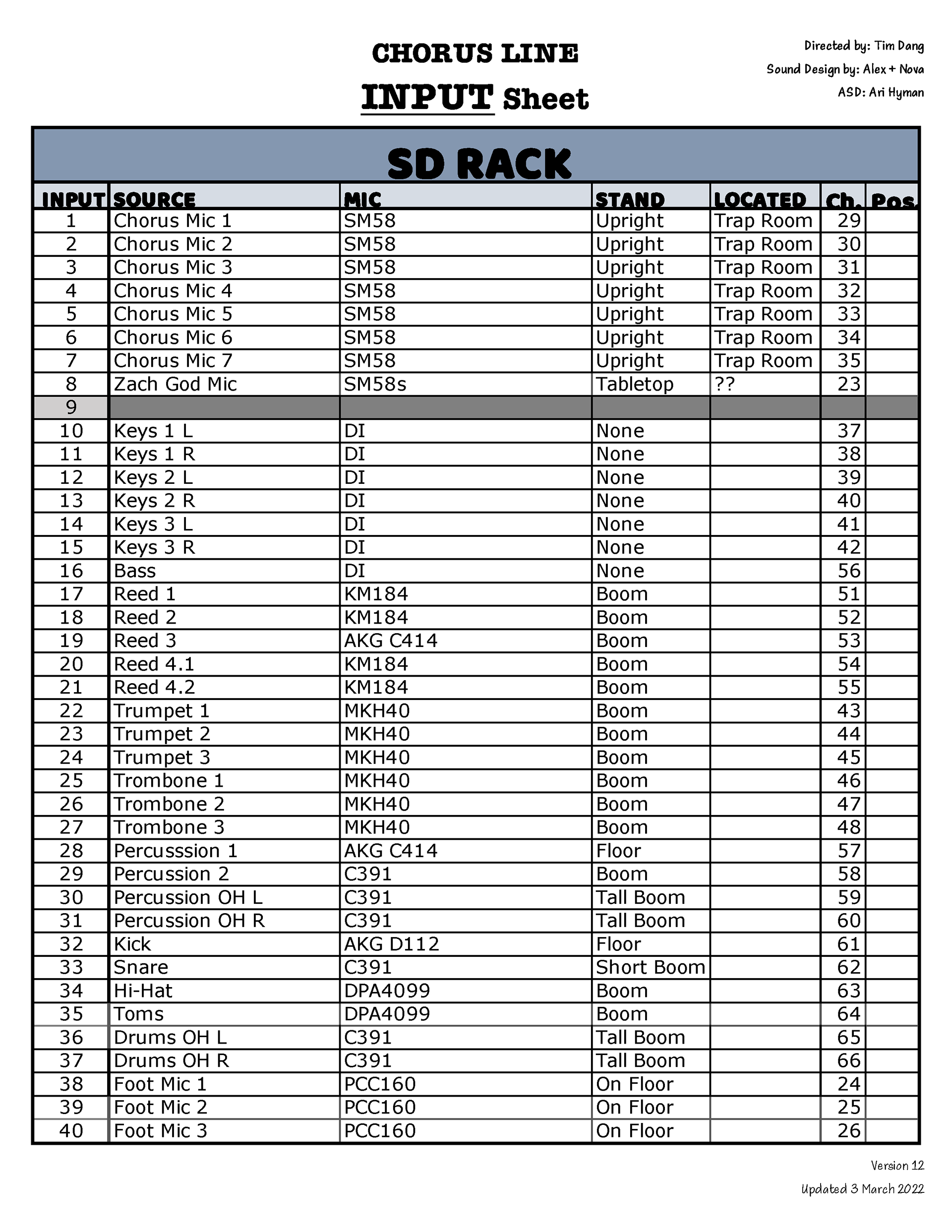
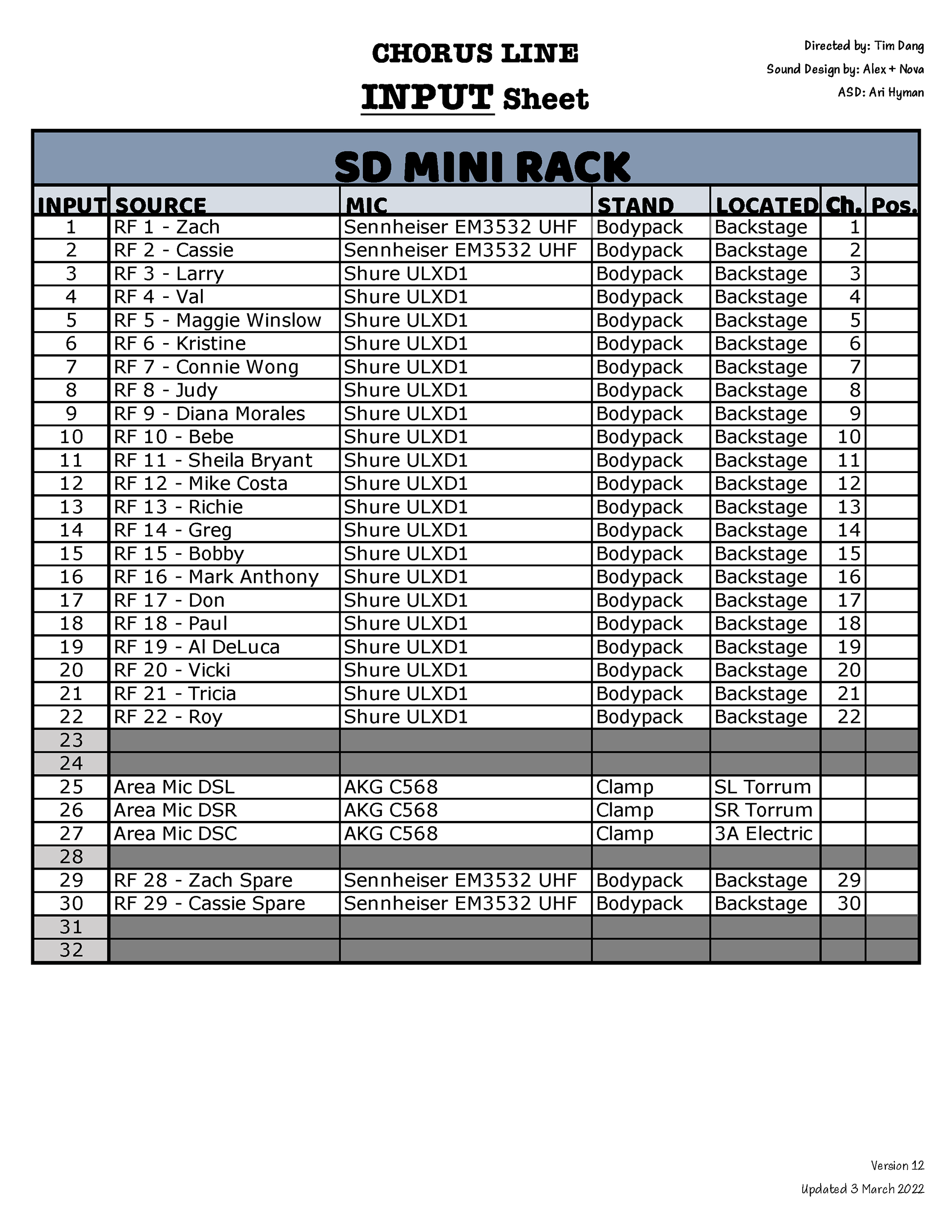
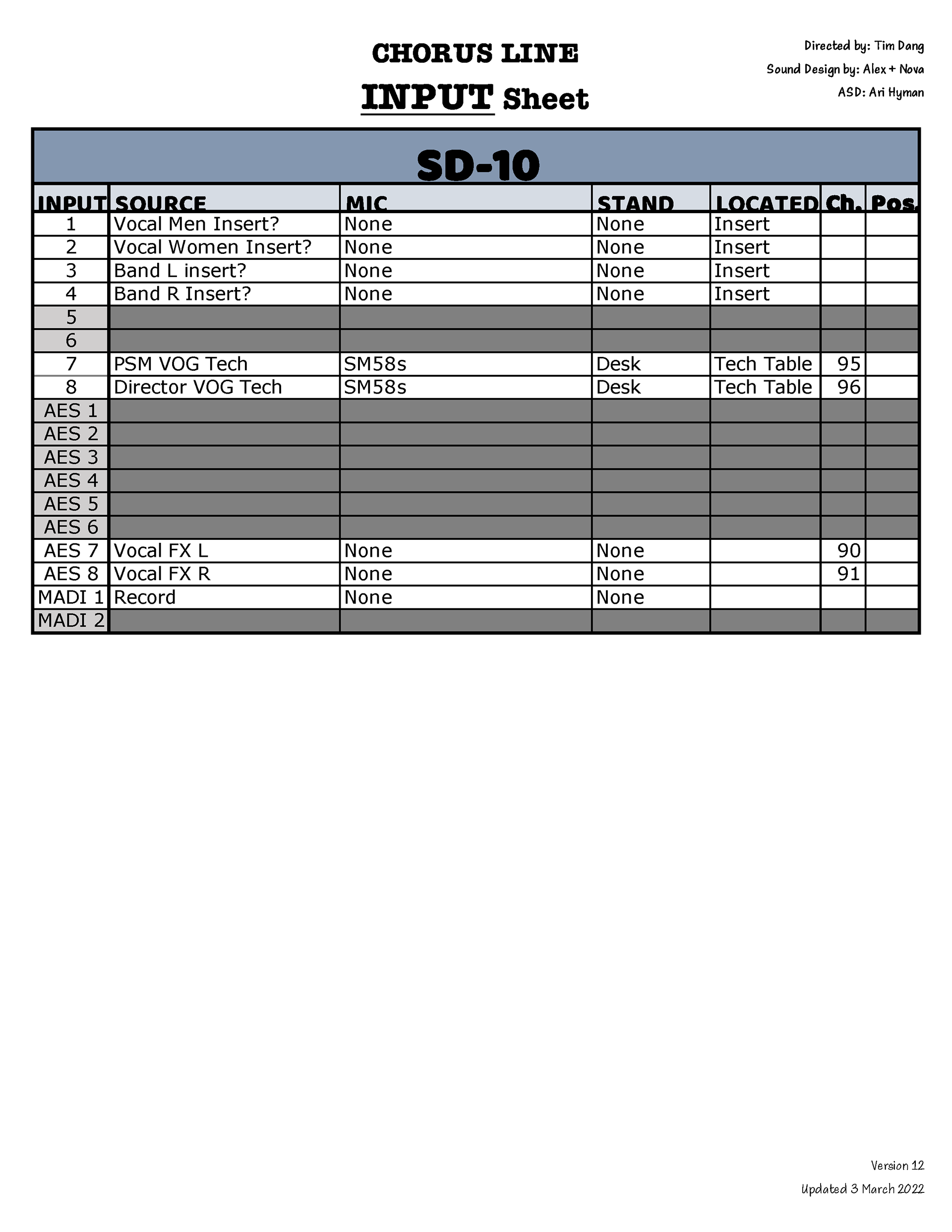
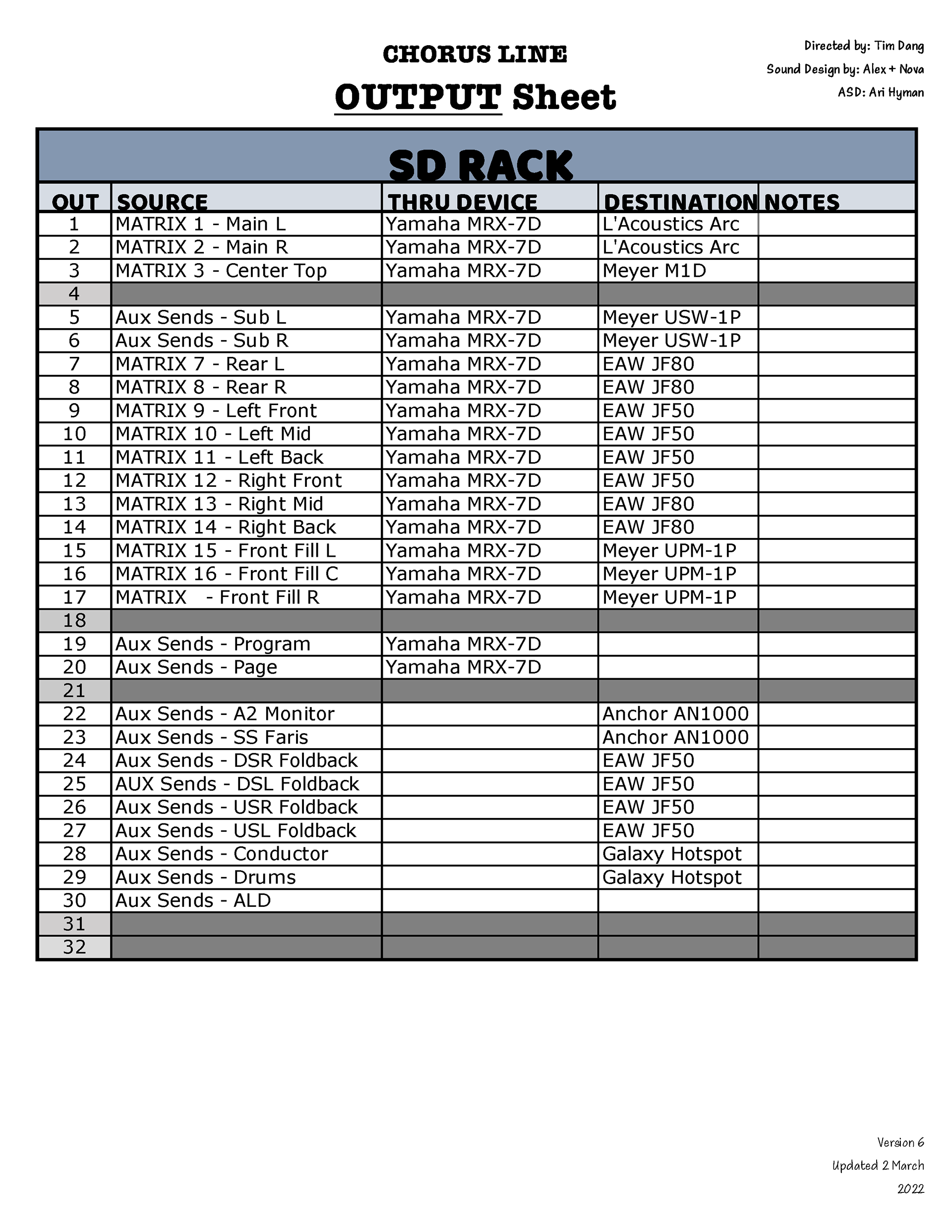
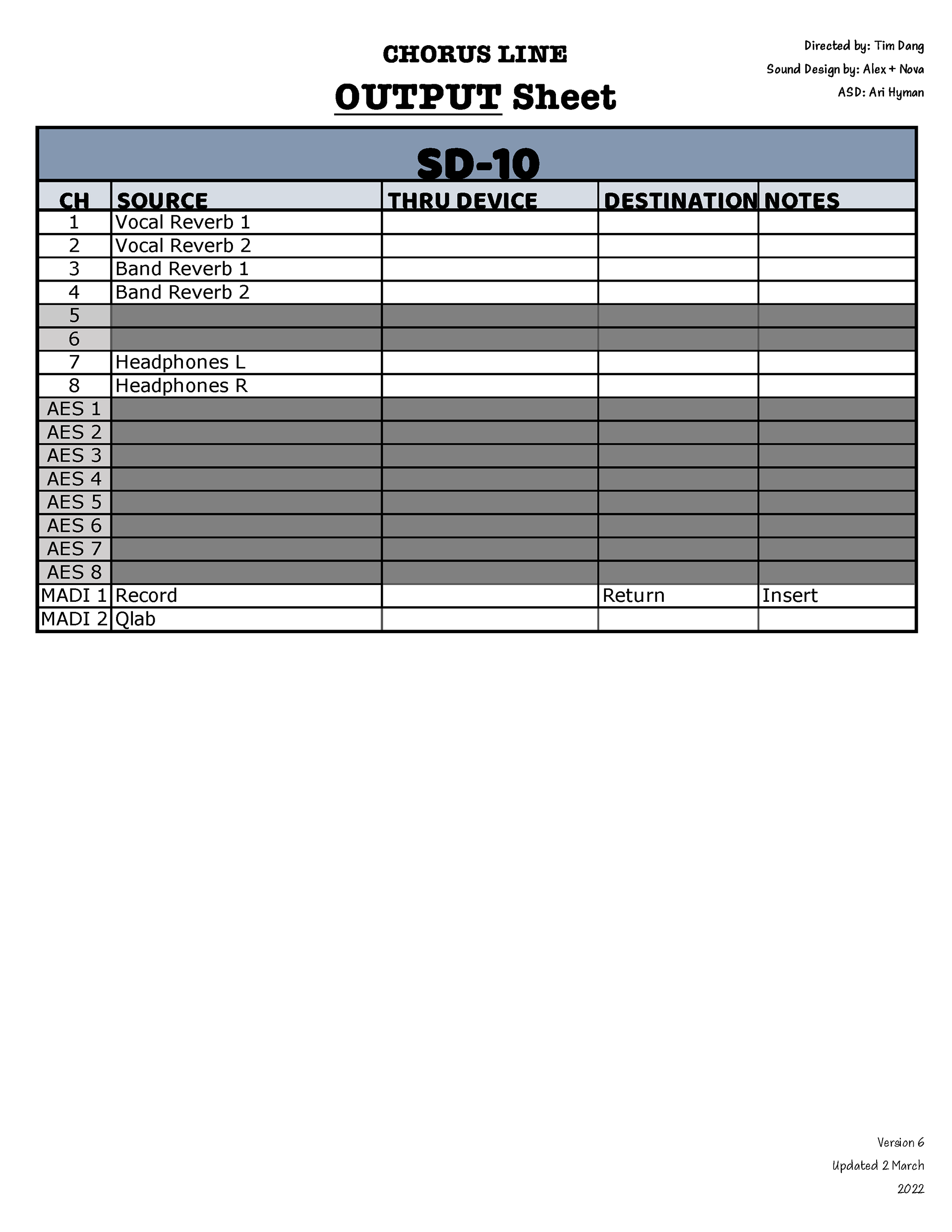
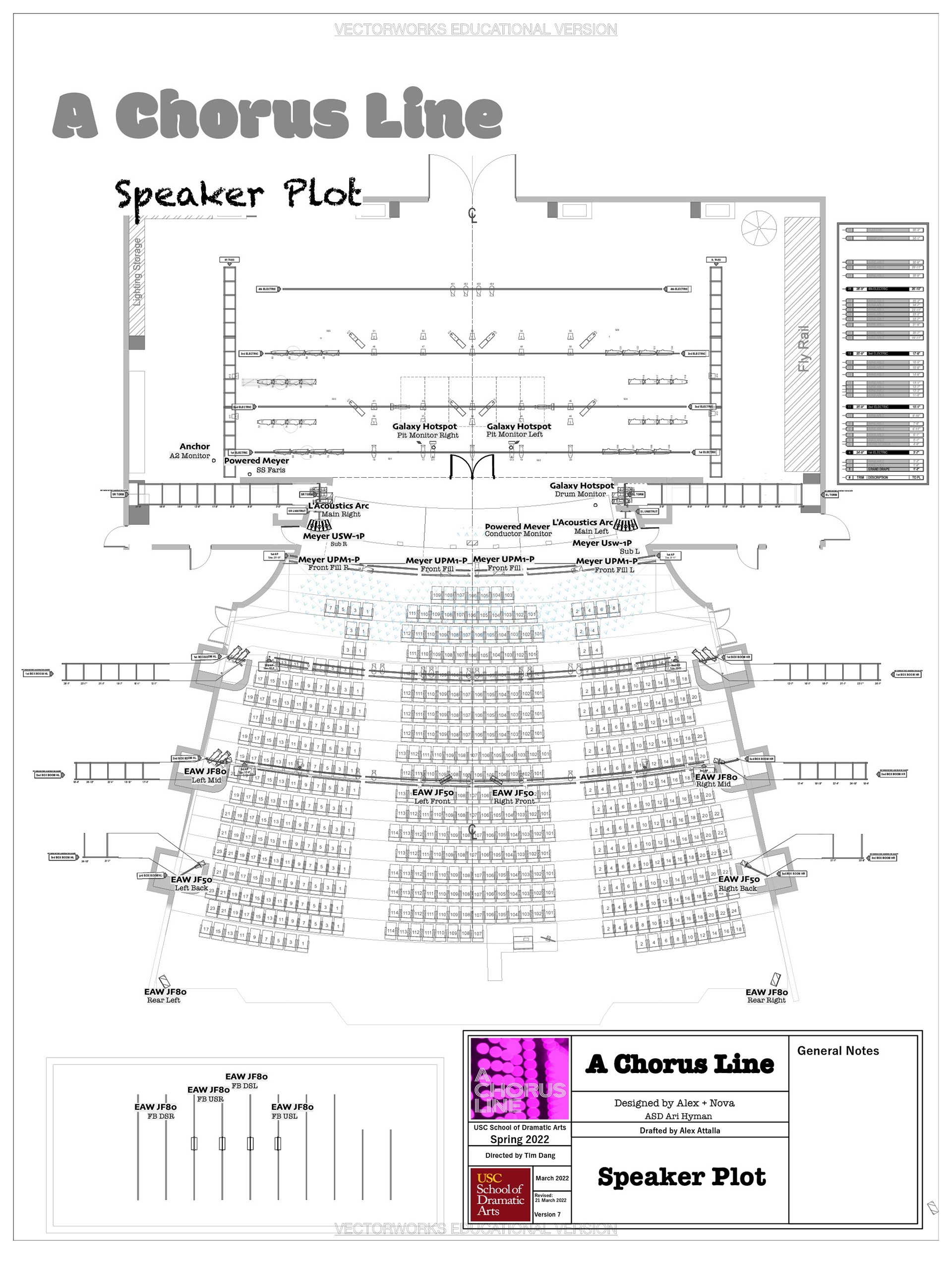
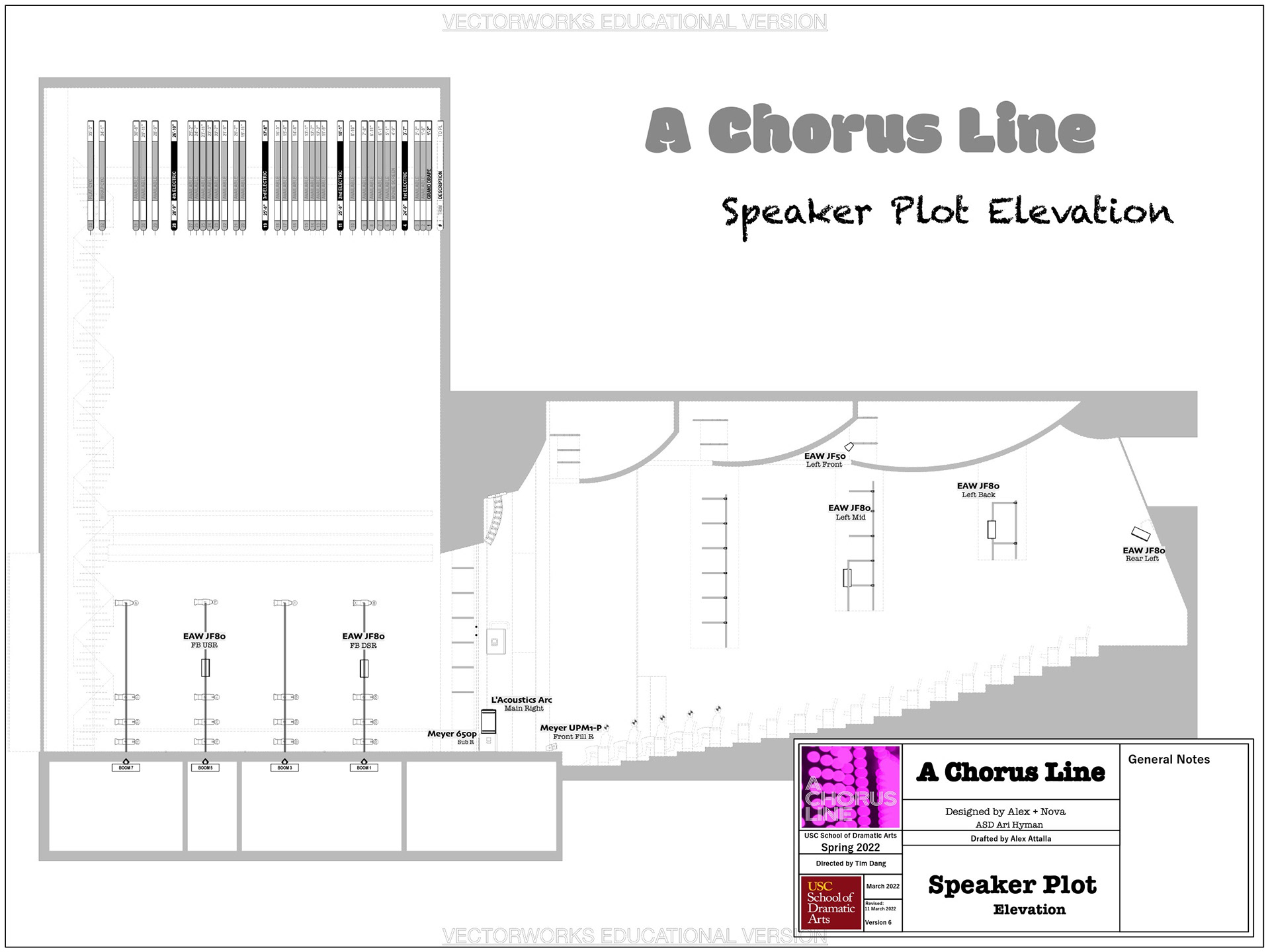
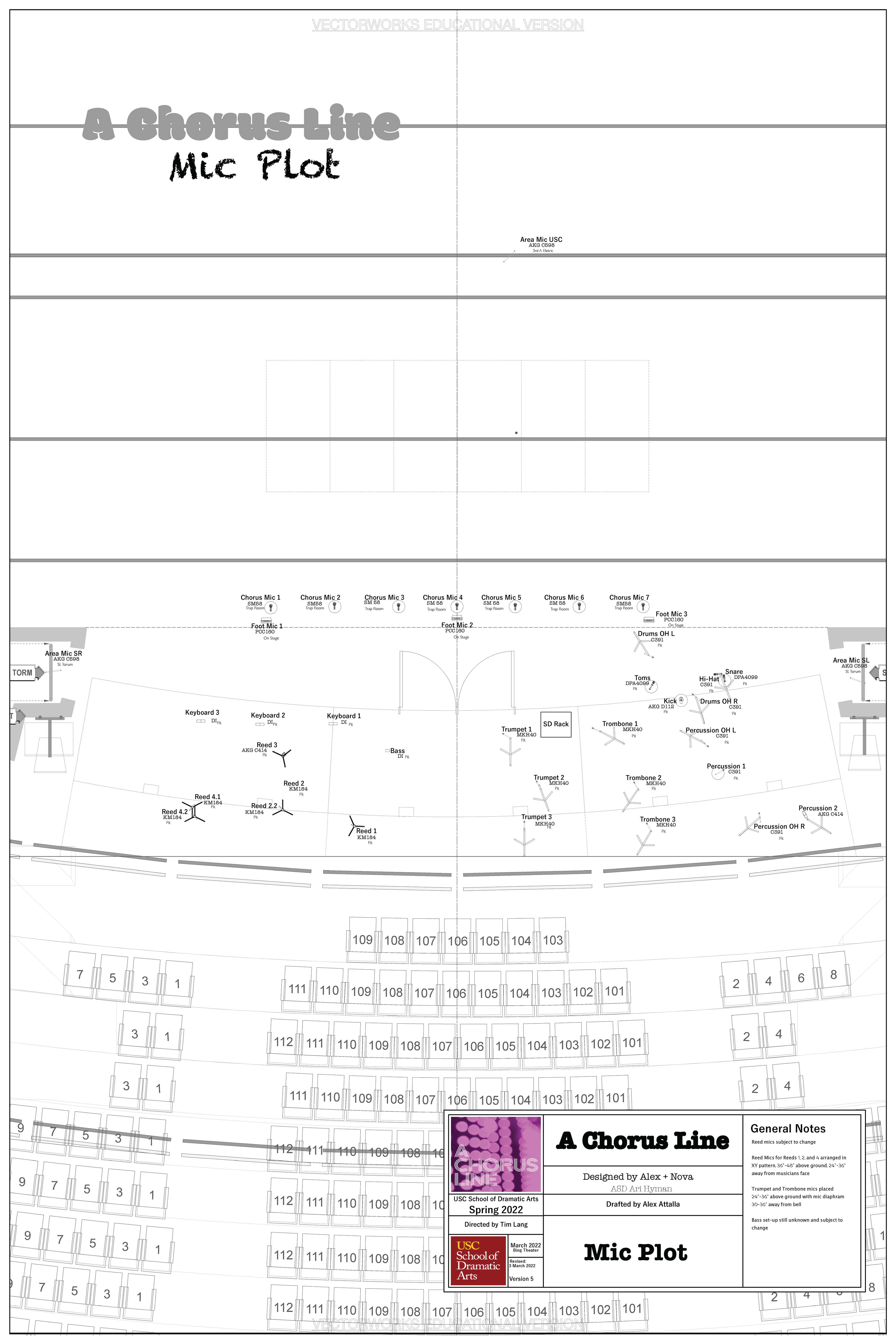
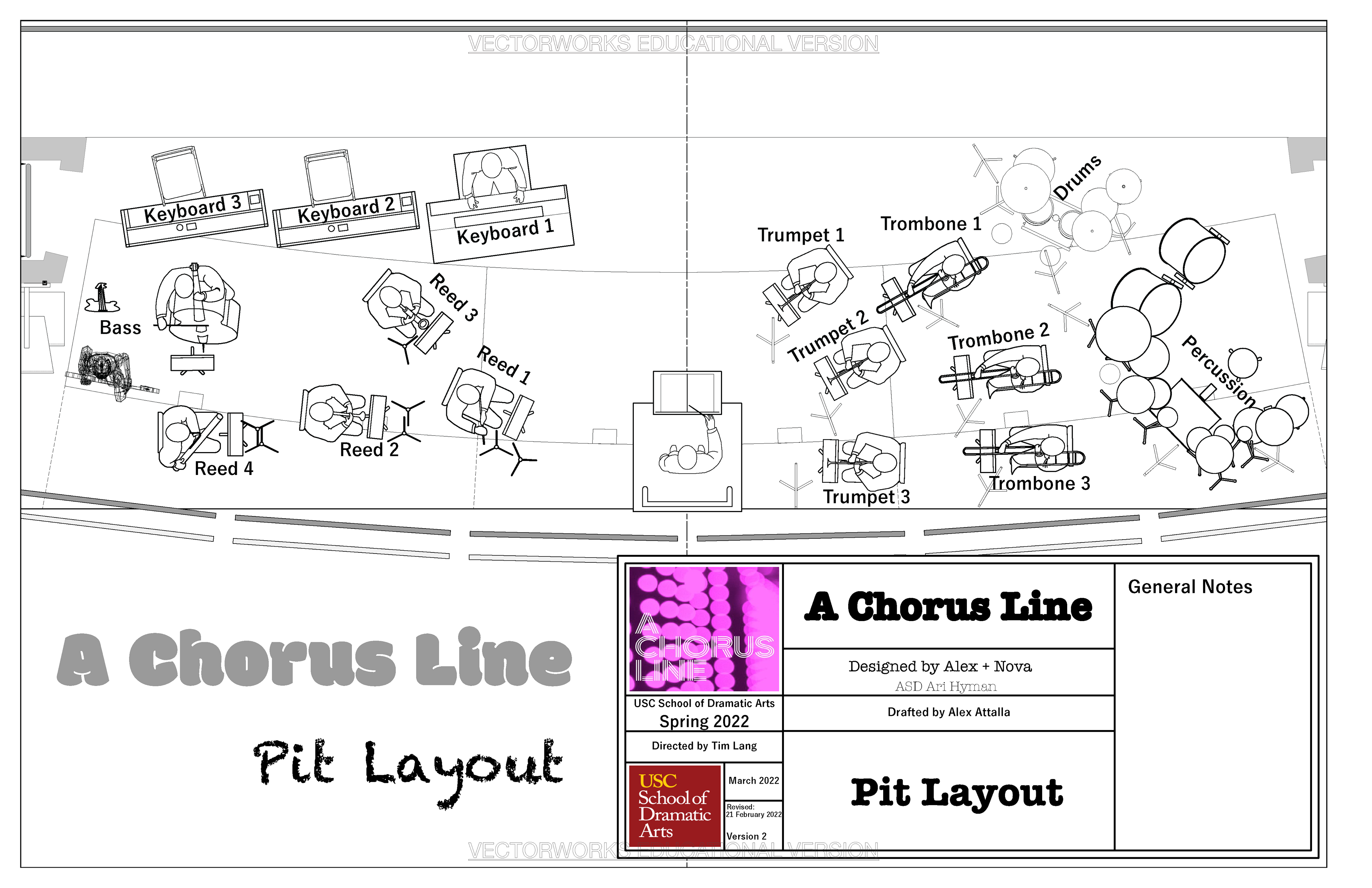
A screenshot of one of the Matrix pages on the DiGiCo console file
Another Matrix page from the console file
A look at the Matrix outputs used for this show in the Bing Theater
Sheet 1 of 2 of the Aux Channels used in this show
Sheet 2 of 2 of the Aux Channels
A list view of the Aux channels and their outputs
A screenshot of one of the group sheets used for this show. Groups were used to route the audio throughout the surround system in the theatre.
Another screenshot of the second group page used for this show.
A list view of the groups. Spaces were left as groups were added and removed throughout the building process of this show. This is the final show list.
A screenshot of the layout of the console
A look at the effects rack used for the show
An example look at some of the changes that were programmed into the board during cues that were taken by the mixer. Typically, cues are used to make changes to the routing of the audio in the system or, more often, used to change control groups assigned to the bank of faders most easily accessible to the mixer. Cues in this file were programmed to do both of those things. The Mixer was in charge of 8 dialog control group faders and the rest of them were pre-programmed and had assigned changes in each cue. If things went differently, the mixer was able to override the pre-programmed function if need be.
